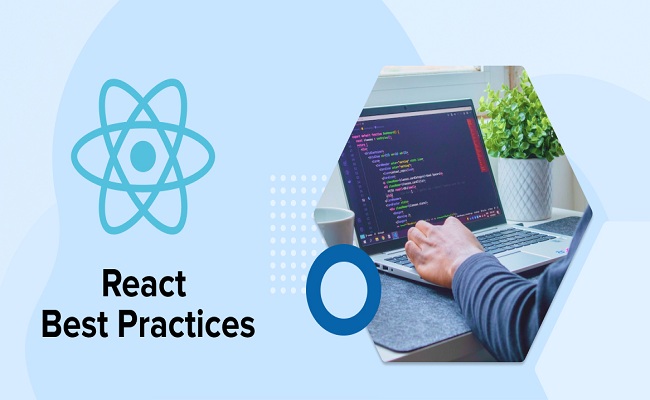As the technology landscape evolves, developers are constantly faced with the challenge of keeping up-to-date with the latest tools, methodologies, and best practices. React.js is no exception to this rule, given its ever-changing ecosystem enriched with state-of-the-art libraries and powerful capabilities. With each passing year, mastering React.js requires adapting to new methods and reevaluating old ones to ensure that you are on the forefront of web development. The importance of being agile and responsive in the tech industry can't be overstated, especially when you are aiming to craft state-of-the-art web applications.
This guide doesn't merely aim to list a few pointers and send you on your way. It’s crafted to be a comprehensive roadmap for any developer—whether a beginner or an expert—looking to maximize their React.js proficiency in the year 2023. By focusing on nine core best practices, you’ll not only elevate your coding skills but also make your applications more robust, maintainable, and scalable. So, let’s delve deep into these practices to ensure that you get the most out of React.js this year.
1. Component Decomposition
Breaking down your application into smaller, reusable components is the cornerstone of effective React.js development. This helps to make your codebase more maintainable, especially when you're working within a team. A well-decomposed application is like a well-oiled machine—each part serves a specific purpose, and they all work together in harmony.
2. Consistent Naming Conventions
Consistency is key, particularly when you're working in a large-scale application. Naming conventions may seem like a small detail, but they have a large impact on the code's readability and maintainability. Whether you're working in a ReactJS development company or as a freelance developer, adhere to a naming strategy and stick with it.
3. State Management
While React's built-in state management is powerful, for larger applications, you may want to consider third-party libraries like Redux or MobX. These libraries provide more features and facilitate easier testing. State management is often a pain point in applications, and being proactive about it will save you a lot of hassle in the long run.
4. Use Functional Components and Hooks
Class components are gradually being phased out in favor of functional components and hooks. Hooks like `useState` and `useEffect` offer the same capabilities as lifecycle methods but in a more intuitive and less boilerplate-heavy way.
5. Proper Error Handling
Whether you’re in a .NET development company or a startup focusing on React.js, error handling is essential. Utilizing tools like error boundaries in React can help you catch errors before they crash your application. In essence, proper error handling will improve your app’s resilience and user experience.
6. Code Splitting and Lazy Loading
Large applications can benefit greatly from code splitting and lazy loading, as they help reduce the initial load time. With React's built-in lazy function and Suspense, implementing this has never been easier.
7. Optimize Rendering
Use tools like React DevTools to profile your application's performance. Pay attention to unnecessary re-renders and optimize your components using `React.memo`, `useMemo`, and `useCallback`.
8. Unit Testing
Testing is crucial for any application. Tools like Jest and the React Testing Library provide a robust environment for testing React components. Whether you are in a Reactjs development company or a .NET development company, unit testing is a best practice you can't afford to overlook.
9. Use Types or Interfaces
Type-checking with PropTypes is good, but for more robust type safety, consider using TypeScript. This statically-typed superset of JavaScript can catch errors during development, making your code more robust and maintainable.
Conclusion
Adhering to these nine best practices will undoubtedly elevate your React.js development skills, making you an invaluable asset whether you work in a ReactJS development company or a .NET development company. These methodologies will help you craft applications that are robust, scalable, and maintainable in the long run. But it's not just about following guidelines; it’s about understanding the reasoning behind them. Each of these practices comes from years of community experience and has proven to be effective in enhancing not just the application but also the developer’s skill set.
In a world where technology is rapidly evolving, staying stagnant is not an option. Adaptation and evolution are crucial. By integrating these best practices into your development workflow, you prepare yourself to tackle the challenges that lie ahead, making you not just a React developer but a versatile coder who understands the intricacies of building efficient, effective applications. Remember, the aim is not just to be good but to be exceptional, and following these best practices is your roadmap to achieving that level of expertise.
Mastering React.js in 2023 is all about adaptation and growth. Your ability to adapt these best practices into your development regimen will set you apart from the crowd and ensure that you’re always ahead of the curve.
